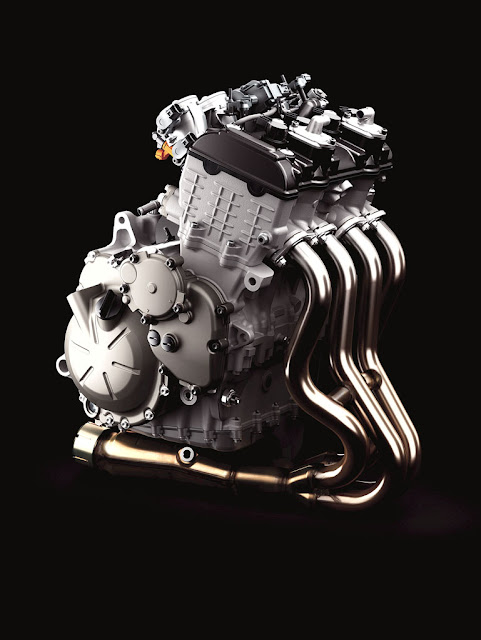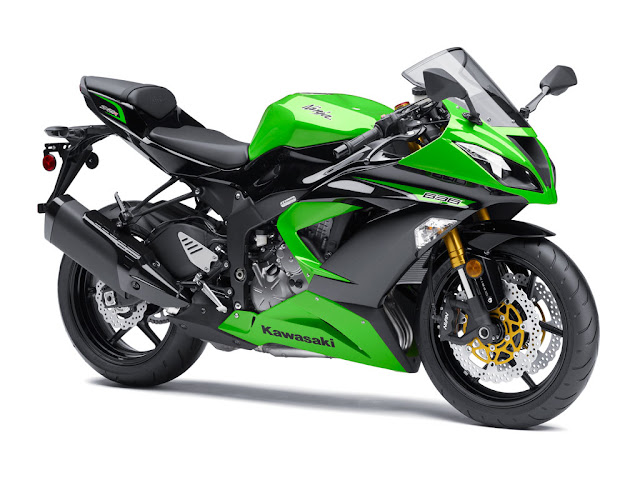2013 KAWASAKI NINJA ZX-6R A RETURN TO 636 CC
Kawasaki’s “Times Square Takeover” event in the heart of New York City, Team Green officially unveiled the 2013 Ninja ZX-6R, which gets a bump back to 636cc after a six-year absence. While this move is sure to shake up the 600cc supersport racing class, especially as a race-homologated, 600cc ZX-6RR version won’t be available this time around, the larger displacement and subsequent torque bump will make the Ninja a more capable street machine and track weapon. In addition, Kawasaki set out to make the new ZX-6R the most technologically advanced Ninja ever. Kawasaki also unveild the new Ninja 300, which you can read about here.Those interested in racing a middleweight Kawasaki will still be able to purchase remaining 2012 stock, but once they’re gone, you’ll either have to race the 636 against bigger bikes or turn to other brands. Kawasaki reps weren’t able to provide an official answer as to the future of the 600cc variant, leaving us to speculate the door might still be open for a contender that’s legal in racing circles.
But back to the new bike. A bump in stroke from 42.5mm to 45.1mm accounts for the 37cc larger engine. Bore remains the same as last year’s model at 67.0mm. Digital fuel injection utilizes 38mm Keihin throttle bodies, while both intake and exhaust ports gain in size.
 |
| 4 SILINDER PISTON |
Intake camshafts are tuned for longer duration, and both cams get increased lift as well. Connecting rods are 1.5mm shorter than before but feature thicker stems, allowing them to cope with the longer crank throws. After this, the engine receives numerous strength-enhancing or friction-reducing updates.
The airbox gains 12.5% more internal volume, and ultra-fine atomizing injectors now spray sub-60-micron droplets. This means highly-efficient combustion, for better power and torque throughout the rev range.
A new F.C.C. clutch with “assist” and slipper functions helps put the power to the ground. The “assist” cam acts like a servo mechanism to pull the clutch hub and operating plate together and compress the clutch plates under load. This allows the total clutch spring count and tension to be reduced, resulting in a 20% overall reduction in effort at the clutch lever.
The assist cam also increases the clutch’s maximum torque capacity, to help it cope with the extra power from the bigger engine, without gaining any weight. The slipper function should be familiar by now to any sportbike enthusiast, as it keeps the rear wheel from hopping and locking during aggressive downshifts.
Kawasaki’s traction control system, or KTRC, makes its way to the new 636, accessed by a simple thumb-operated switch on the left clip-on. With three different modes (four including off), Mode 1 offers considerable slippage for racetrack use. Mode 2 is suited to sporty street riding with limited amounts of slip, while Mode 3 eliminates any rear wheel slippage whatsoever, for especially tricky conditions.

